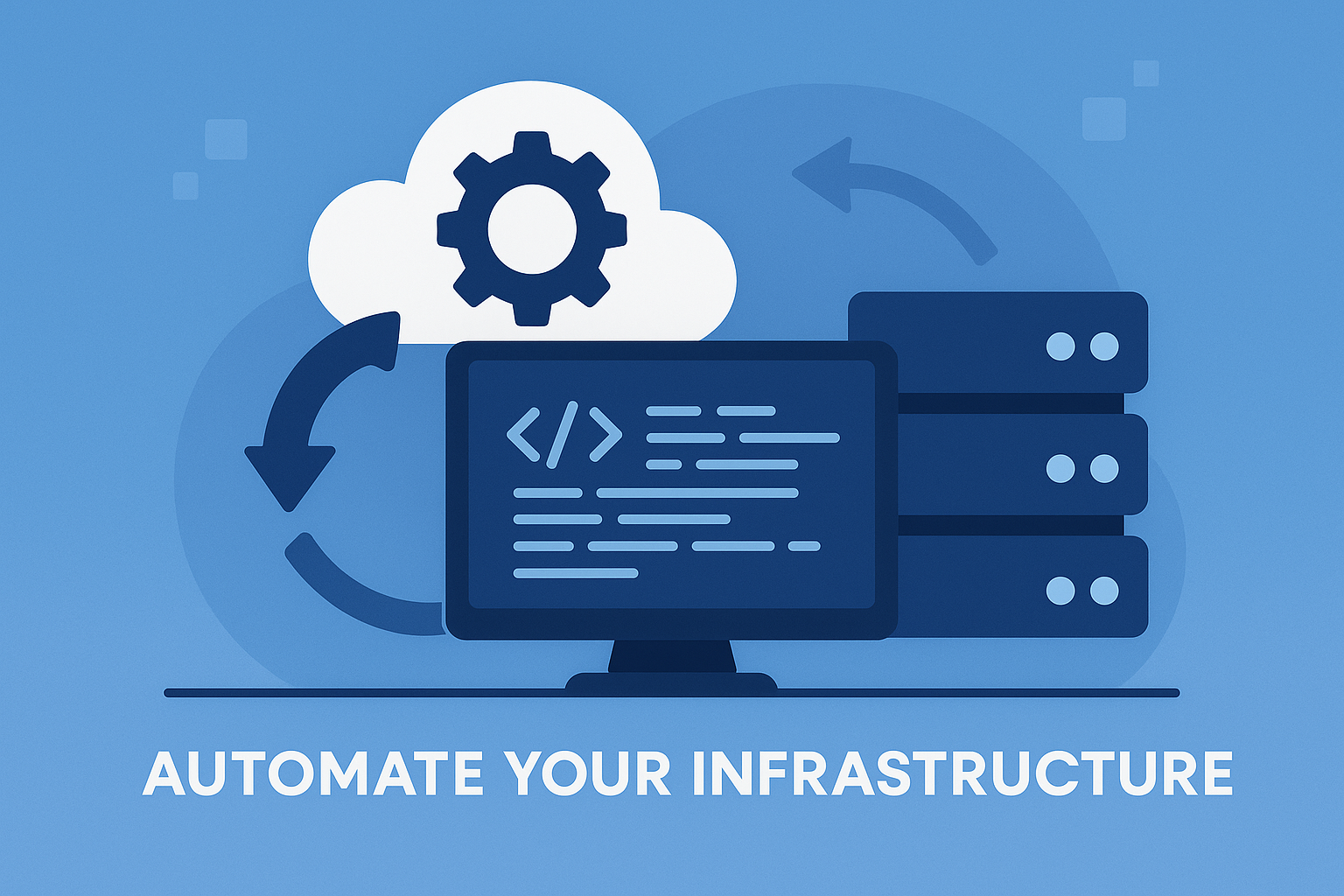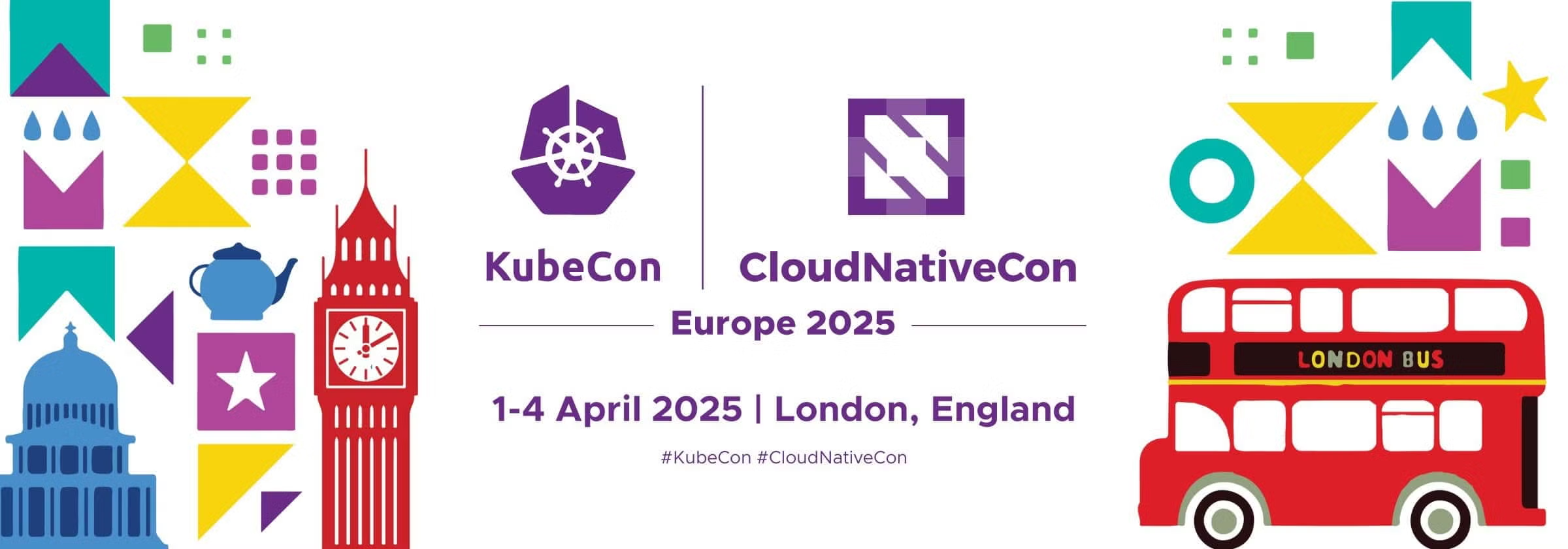In today’s fast-paced digital landscape, businesses are constantly seeking ways to maximize their efficiency and scalability. One solution that has emerged as a game-changer is Azure Cloud Infrastructure Automation. By utilizing this powerful tool, organizations can streamline their operations, enhance productivity, and seamlessly adapt to changing demands. With the ability to automate key processes and tasks, Azure Cloud Infrastructure Automation offers a hassle-free approach to managing and scaling cloud infrastructure. At SlickFinch, we have a team of experts well-versed in Azure Cloud Infrastructure Automation and its various components such as outsourced Kubernetes. If you’re looking to optimize your operations and take advantage of the numerous benefits that automation brings, we encourage you to reach out to us for assistance.

Understanding Azure Cloud Infrastructure Automation
What is Azure Cloud Infrastructure Automation?
Azure Cloud Infrastructure Automation refers to the process of automating the provisioning, management, and scaling of resources in Microsoft Azure. It involves using tools and technologies to deploy and configure infrastructure components, such as virtual machines, networks, and storage, in an automated and repeatable manner. This helps organizations streamline their operations, improve efficiency, and reduce manual errors in managing their Azure infrastructure.
Benefits of Azure Cloud Infrastructure Automation
Azure Cloud Infrastructure Automation offers several benefits for organizations looking to optimize their operations in Azure. These benefits include:
-
Improved Efficiency: By automating the provisioning and management of resources, organizations can save time and effort typically spent on manual tasks. This allows teams to focus on more strategic initiatives and deliver results faster.
-
Reduced Costs: Automation helps in cost savings by optimizing resource allocation and utilization. By eliminating the need for manual intervention, organizations can ensure that resources are provisioned and deprovisioned as needed, reducing wasted resources and associated costs.
-
Enhanced Scalability: With automation, organizations can easily scale their Azure infrastructure up or down based on demand. This flexibility ensures that applications and services can handle increased workloads without the need for manual intervention.
-
Improved Security and Compliance: Automation enables organizations to enforce consistent security and compliance policies across their Azure infrastructure. By automating security configurations and audits, organizations can minimize the risk of unauthorized access and ensure adherence to regulatory requirements.
Advantages of Outsourcing Azure Cloud Infrastructure Automation
Cost Savings
Outsourcing Azure Cloud Infrastructure Automation can provide significant cost savings for organizations. By partnering with a specialized service provider like SlickFinch, organizations can avoid the costs associated with hiring and training an in-house team. Additionally, outsourcing allows organizations to leverage economies of scale and benefit from the expertise and experience of the service provider, resulting in more efficient and cost-effective operations.
Expertise and Knowledge
Outsourcing Azure Cloud Infrastructure Automation to a specialized service provider brings access to a pool of experts with deep knowledge and experience in Azure infrastructure management. These professionals have a deep understanding of Azure technologies and best practices, allowing organizations to leverage their expertise for efficient and effective infrastructure management.
Focus on Core Business
By outsourcing Azure Cloud Infrastructure Automation, organizations can free up their internal resources to focus on their core business activities. Rather than spending time and effort on infrastructure management, organizations can redirect their resources towards strategic initiatives and projects that drive business growth and innovation.
Scalability and Flexibility
Outsourcing Azure Cloud Infrastructure Automation provides organizations with scalability and flexibility to meet their evolving needs. Service providers like SlickFinch can easily scale up or down their services based on the organization’s requirements. This ensures that organizations can adapt to changing market dynamics without the need for significant upfront investments in infrastructure and resources.
Introduction to Kubernetes in Azure
What is Kubernetes?
Kubernetes is an open-source container orchestration platform that automates the deployment, scaling, and management of containerized applications. It provides a robust framework for managing containerized workloads and services, enabling organizations to embrace a microservices architecture and ensure high availability and scalability of their applications.
Why Use Kubernetes in Azure?
Using Kubernetes in Azure offers several benefits for organizations deploying containerized applications. These include:
-
Scalability: Kubernetes allows organizations to scale their applications easily based on demand. With its built-in auto-scaling capabilities, Kubernetes can automatically adjust the number of application instances based on the workload, ensuring optimal performance and resource utilization.
-
High Availability: Kubernetes provides features such as automatic crash recovery and load balancing, ensuring that applications are highly available and resilient. In case of failures, Kubernetes can automatically restart containers or reroute traffic to healthy instances, minimizing downtime and enhancing the user experience.
-
Resource Efficiency: Kubernetes optimizes resource utilization by dynamically allocating resources based on application requirements. It ensures that resources are efficiently utilized, preventing wastage and driving cost savings.
Key Features of Kubernetes in Azure
Kubernetes in Azure offers several key features that enhance application deployment and management:
-
Container Orchestration: Kubernetes automates the deployment, scaling, and management of containerized applications, allowing organizations to focus on application development and business logic.
-
Service Discovery and Load Balancing: Kubernetes includes features for service discovery and automated load balancing, ensuring that traffic is efficiently distributed across application instances.
-
Container Networking: Kubernetes provides networking capabilities that enable communication between containers and services, ensuring seamless integration and connectivity within the application environment.
-
Rolling Updates and Rollbacks: Kubernetes supports rolling updates and rollbacks, allowing organizations to deploy new versions of their applications seamlessly and rollback to previous versions in case of issues or failures.
Automating Infrastructure with Kubernetes in Azure
Setting Up Kubernetes Cluster in Azure
To automate infrastructure with Kubernetes in Azure, organizations need to set up a Kubernetes cluster. This involves creating and configuring the necessary Azure resources, such as virtual machines, storage accounts, and networks, to host the Kubernetes cluster. Additionally, organizations need to install and configure the Kubernetes control plane and worker nodes, which handle the deployment and management of containerized applications.
Containerization and Microservices
Containerization is a key concept in Kubernetes and involves encapsulating applications and their dependencies into lightweight and portable containers. By containerizing applications, organizations can ensure consistency in deployment across different environments and simplify application management. Kubernetes enables organizations to adopt a microservices architecture, where applications are broken down into smaller, decoupled components that can be independently deployed and scaled.
Managing and Scaling Applications in Kubernetes
Once the Kubernetes cluster is set up, organizations can start deploying and managing their applications. Kubernetes provides a declarative approach to application management through the use of YAML files, which define the desired state of the application. Organizations can leverage Kubernetes features to scale their applications horizontally, adding or removing instances based on demand. This ensures that applications can handle increased workloads efficiently.
Monitoring and Logging in Kubernetes
Monitoring and logging are crucial aspects of infrastructure automation. Kubernetes provides various tools and integrations for monitoring and logging containerized applications. Organizations can leverage these tools to collect and analyze metrics, track the health and performance of their applications, and identify potential issues or bottlenecks. Additionally, Kubernetes allows organizations to aggregate logs from different application components, making it easier to troubleshoot and diagnose issues.
Automating Infrastructure Provisioning and Configuration
Kubernetes in Azure enables organizations to automate infrastructure provisioning and configuration. Using tools like Helm and Kubernetes configuration management, organizations can define and deploy infrastructure components as code. This ensures that infrastructure is consistent and reproducible, reducing the risk of manual errors and simplifying the deployment and management processes.

Maximizing Efficiency with Azure Cloud Infrastructure Automation
Automated Resource Provisioning
One of the key benefits of Azure Cloud Infrastructure Automation is automated resource provisioning. By leveraging automation tools and techniques, organizations can automatically provision and deprovision resources in Azure based on demand. This ensures that resources are allocated only when needed, leading to efficient resource utilization and cost savings.
Continuous Integration and Continuous Deployment (CI/CD)
Azure Cloud Infrastructure Automation enables organizations to implement continuous integration and continuous deployment (CI/CD) practices. By automating the build, testing, and deployment processes, organizations can streamline the software development lifecycle and ensure rapid and reliable software releases. This allows organizations to deliver new features and updates to their applications faster, improving time-to-market and customer satisfaction.
Efficient Resource Utilization
Automation helps organizations optimize resource utilization in Azure. By automatically monitoring and adjusting resource allocation based on workload patterns, organizations can ensure that resources are utilized efficiently. This enables organizations to scale resources up or down in real-time, ensuring optimal performance and cost efficiency.
Automatic Scaling and Load Balancing
Azure Cloud Infrastructure Automation enables automatic scaling and load balancing of applications. With automation, organizations can define scaling policies and rules based on metrics such as CPU utilization or request latency. As the workload increases or decreases, the infrastructure can automatically scale the application instances and distribute the load across them, ensuring optimal performance and user experience.
Enhanced Security and Compliance
Automation in Azure Cloud Infrastructure enables organizations to enforce consistent security and compliance practices. By automating security configurations, organizations can ensure that all resources are provisioned with the necessary security controls in place, reducing the risk of security breaches. Additionally, automation can help organizations adhere to regulatory standards by automatically applying compliance policies and generating audit reports.
Scalability and Resilience with Azure Cloud Infrastructure Automation
Auto-scaling based on Workload
Azure Cloud Infrastructure Automation enables organizations to auto-scale their resources based on workload patterns. By defining scaling rules and policies, organizations can automatically adjust resource allocation based on metrics such as CPU usage, memory utilization, or request latency. This ensures that resources are efficiently utilized and applications can handle increased workloads without manual intervention.
Resilient and Fault-Tolerant Applications
Azure Cloud Infrastructure Automation facilitates the deployment of resilient and fault-tolerant applications. By leveraging features such as Azure Availability Zones, organizations can distribute their application components across different data centers, ensuring high availability in case of failures. Additionally, automation enables organizations to implement recovery mechanisms, such as automatic instance restarts or failover strategies, minimizing downtime and ensuring continuous operation.
High Availability and Disaster Recovery
Automation in Azure Cloud Infrastructure allows organizations to implement high availability and disaster recovery strategies. By automating the replication and synchronization of data across multiple regions or data centers, organizations can ensure that their applications and data are protected in case of disasters or outages. Automation enables organizations to automatically failover to the replicated resources, minimizing downtime and ensuring business continuity.
Monitoring and Management of Azure Cloud Infrastructure
Centralized Monitoring and Logging
Azure Cloud Infrastructure Automation provides centralized monitoring and logging capabilities. Organizations can leverage Azure Monitor to collect and analyze metrics from different Azure resources, including virtual machines, containers, and databases. Azure Log Analytics allows organizations to collect and analyze log data from various sources, enabling troubleshooting, performance optimization, and proactive issue detection.
Alerting and Notification Systems
Automation in Azure Cloud Infrastructure enables organizations to set up alerting and notification systems. By defining thresholds and rules, organizations can receive alerts when certain conditions are met, such as high CPU utilization or service downtime. These alerts can be sent through various channels, such as email, SMS, or integration with incident management tools, ensuring timely awareness of any issues or anomalies.
Performance Optimization
Automation enables organizations to optimize the performance of their Azure infrastructure. By continuously monitoring and analyzing performance metrics, organizations can identify bottlenecks or areas of improvement and take proactive action to optimize resource utilization, enhance application performance, and reduce response times. Automation tools and techniques allow organizations to automate performance tuning and optimization tasks, reducing manual effort and improving overall efficiency.
Proactive Issue Detection and Resolution
Azure Cloud Infrastructure Automation enables organizations to proactively detect and resolve issues in their infrastructure. By leveraging automation, organizations can configure rules and policies to monitor resource health and performance. When deviations or anomalies are detected, automated actions can be triggered to resolve the issues, such as restarting faulty instances or applying remediation scripts. This proactive approach helps minimize downtime and ensures the smooth operation of the Azure infrastructure.
Implementing DevOps Practices with Azure Cloud Infrastructure Automation
Collaborative Development and Deployment
Azure Cloud Infrastructure Automation facilitates collaborative development and deployment practices. By automating the process of building, testing, and deploying applications, organizations can ensure that all stakeholders, including developers, testers, and operations teams, can work together seamlessly. Automation enables the use of version control systems, continuous integration, and deployment pipelines, ensuring consistent and reliable software releases.
Configuration Management
Automation in Azure Cloud Infrastructure simplifies configuration management. Organizations can use configuration management tools, such as Azure Automation or Ansible, to define and deploy infrastructure configurations as code. This ensures consistency and reproducibility in infrastructure deployments, reducing the risk of misconfigurations and simplifying troubleshooting and maintenance.
Version Control and Release Management
Azure Cloud Infrastructure Automation enables version control and release management for infrastructure and application deployments. Organizations can leverage tools like Azure DevOps or Git to track changes, manage different versions of infrastructure code and configurations, and ensure that only approved changes are promoted to production environments. Automation ensures that releases are controlled, audited, and easily revertible in case of issues.
Test Automation and Continuous Testing
Automation in Azure Cloud Infrastructure facilitates test automation and continuous testing practices. By automating the execution of test cases and scenarios, organizations can ensure that applications are thoroughly tested before deployment. Automation enables the integration of testing into the CI/CD pipeline, allowing organizations to achieve faster feedback on the quality of their applications and ensure that only reliable and bug-free releases are promoted to production.
Ensuring Security and Compliance in Azure Cloud Infrastructure
Identity and Access Management (IAM)
Azure Cloud Infrastructure Automation provides robust identity and access management capabilities. Organizations can leverage Azure Active Directory (Azure AD) to manage user identities and access to Azure resources. Automation enables organizations to define and enforce fine-grained access policies, monitor and audit access events, and ensure that only authorized users have access to sensitive resources.
Data Encryption and Protection
Automation in Azure Cloud Infrastructure helps organizations ensure data encryption and protection. Azure Key Vault enables organizations to automate the management and rotation of encryption keys, ensuring that data at rest and in transit is securely protected. Additionally, automation can be used to enforce data protection policies, such as encryption of sensitive data fields or tokenization of sensitive information, ensuring compliance with data privacy regulations.
Compliance with Regulatory Standards
Azure Cloud Infrastructure Automation enables organizations to achieve and maintain compliance with regulatory standards. By leveraging automation, organizations can automate the implementation and enforcement of security controls, such as access controls, encryption, and auditing. Automation also facilitates the generation of compliance reports and audit trails, demonstrating adherence to regulatory requirements and simplifying compliance audits.
Threat Detection and Prevention
Automation in Azure Cloud Infrastructure enables organizations to detect and prevent security threats effectively. By leveraging tools like Azure Security Center and Azure Sentinel, organizations can implement automated threat detection mechanisms, such as anomaly detection, behavioral analysis, and pattern matching. Automation allows organizations to automatically respond to security incidents, such as initiating remediation actions or applying security patches, minimizing the impact of security breaches.
Conclusion
Effective automation of Azure Cloud Infrastructure is crucial for organizations to maximize efficiency, scalability, and resilience. By leveraging Azure Cloud Infrastructure Automation, organizations can streamline their operations, reduce costs, and achieve higher levels of performance and security. However, implementing and managing automation in Azure can be complex and time-consuming.
SlickFinch is a specialized service provider with extensive expertise in Azure Cloud Infrastructure Automation. We offer a comprehensive range of services, including infrastructure provisioning, Kubernetes deployment, and DevOps implementation. Our team of certified professionals can help you harness the power of automation in Azure, ensuring efficient and seamless operations. Contact SlickFinch today to explore how we can assist you in achieving your Azure Cloud Infrastructure Automation goals.




